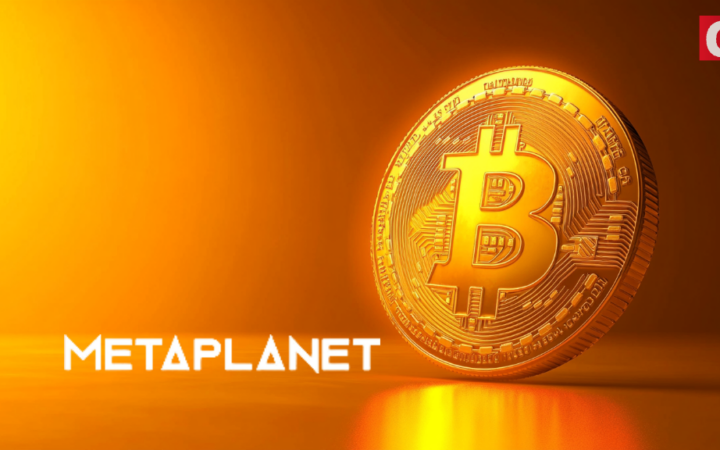Taking strong interest in blockchain, cryptocurrencies, and IoT, Tatsiana Yablonskaya got deep understanding of the emerging techs believing in their potential to drive the future.
Bitcoin XT turned bitcoin world upside down as talks about future of the cryptocurrency don’t stop. The end of the last week was marked by the release of new version of bitcoin – that very contradictory Bitcoin XT.
The modification of habitual software was developed by Gavin Andresen and Mike Hearn – both stood at the origins of bitcoin. If you follow the history of bitcoin, you know that Satoshi Nakamoto is believed to be a creator of the very idea of bitcoin and blockchain.
The name is hardly to be true so we still can’t be sure whom we must thank for this alternative payment method. In 2011 Satoshi went out of business, it was Andresen who replaced him. He must have been dreaming of bitcoin industry entering a new level in its development as now he came up with offer to enlarge the block size from 1 to 8 megabytes. Let us explain!
Bitcoin transactions are processed in so-called “blocks” which used to be of 1-megabyte size. That allowed 2 transactions per second and was absolutely enough. Bitcoin attracts people as a quick and simple way to transfer money all over the world without any third party. The advantage can be called as questionable as it could have been appreciated by criminals and drug dealers as well.
Following the idea of further development of bitcoin Andresen and Hearn offered the increase of block size which allowed up to 24 transactions per second. Not that they met any resistance! They had to convince other three chief programmers of the software and, as we can conclude, won. Bitcoin XT does have a block size of 8 megabytes.
Supporters of habitual Bitcoin Core argue that this innovation questions the very idea of decentralized payment system bitcoin is supposed to be as extra size needs extra computer memory. In its turn it will lead to shutting out a great number of personal “nodes” powering the network now.
The thing is that bitcoin is a sofware code that runs the whole network of independent machines all over the world. So changing this code means changing the bitcoin network. Eric Lombrozo, an experienced bitcoin coder, insists that “this path is fraught with too many security vulnerabilities.”
However Hearn calms down: “Around 10% of nodes have already signed up to use Bitcoin XT since Saturday.” He reassured that this measure couldn’t lead to the end of bitcoin and underlined that no matter if Bitcoin XT will meet support of the society or not, the currency itself will live on.
Mike Hearn explained why the change is necessary now: “I feel sad that it’s come to this, but there is no other way. The Bitcoin Core project has drifted so far from the principles myself and many others feel are important that a fork is the only way to fix things.”
Bitcoin traders, although debating over characteristics of Bitcoin XT, feel quite safe now. The thing is that the new software has been programmed in such a way that it can’t replace Bitcoin Core till January 11.
If by that time 75% of “miners” – computers maintaining transactions – have agreed to the change, Bitcoin XT will be put in operation automatically. Thus bitcoin enthusiasts have more than four months to decide whether they are ready for changes or not.





